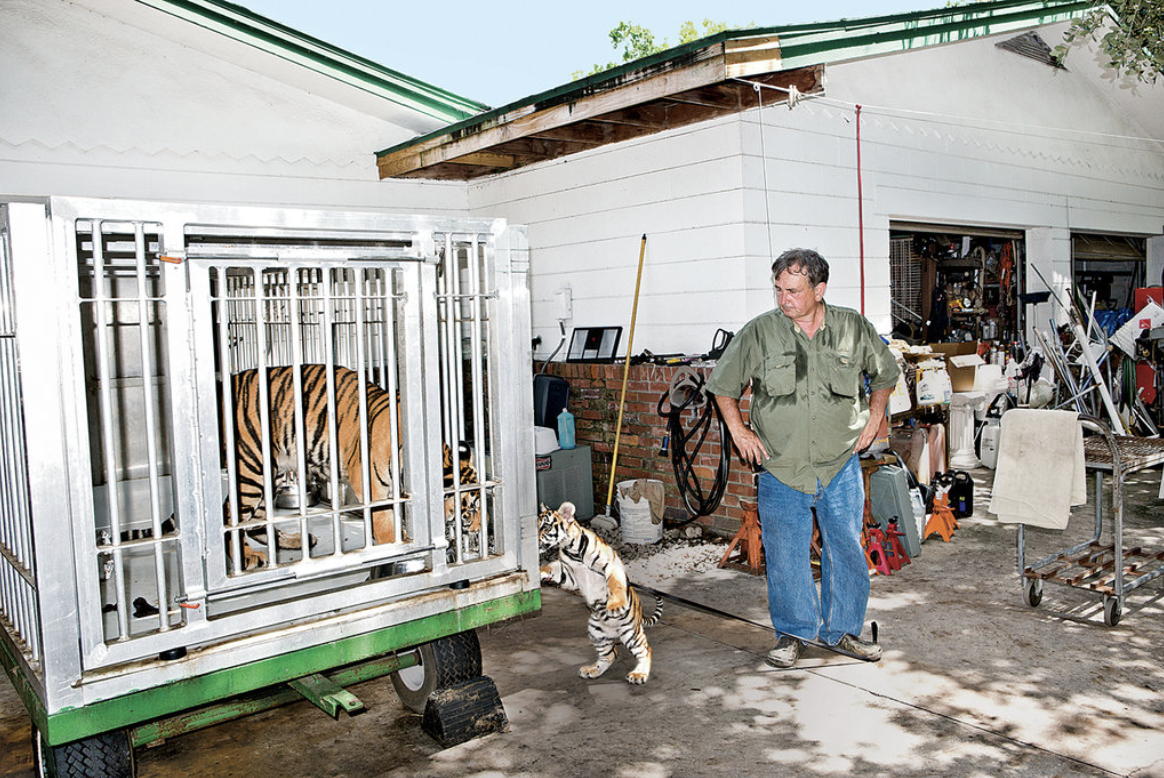Effective Wild Animals Removal Methods for a Peaceful Home Environment
In the search of preserving a serene living room, home owners commonly encounter the challenge of wildlife intrusions, which can interrupt the harmony of their environment. Carrying out reliable wild animals elimination techniques calls for a nuanced understanding of both gentle exemption techniques and preventative procedures.
Identifying Common Wildlife Intruders
Determining common wild animals intruders is a critical first action in effective wildlife management. Understanding the certain types that regularly penetrate commercial and domestic areas enables homeowner and wildlife experts to execute targeted methods for alleviating potential damage and health and wellness dangers. Typical burglars often consist of raccoons, squirrels, bats, and numerous species of rats and birds, each bringing special challenges.
Raccoons, for instance, are known for their dexterity and can cause significant architectural damage while looking for food or shelter. Squirrels, with their tendency for gnawing, can damage electrical wiring, posturing fire hazards. Bats, while beneficial for managing insect populations, can end up being a problem when they roost in attic rooms, potentially spreading out diseases such as histoplasmosis. Birds, including sparrows and pigeons, commonly create unsanitary conditions with their droppings, bring about structural deterioration and wellness worries. Rodents, such as rats and mice, are infamous for their rapid reproduction and ability to penetrate little openings, posing severe wellness risks as a result of their capacity to spread diseases.
Humane Exemption Methods
Understanding the typical wild animals trespassers is the foundation upon which effective exemption techniques are built. Determining varieties such as raccoons, birds, and squirrels aids in creating gentle exclusion strategies tailored to particular behaviors and entrance methods. Exclusion is a preventative strategy focused on refuting wild animals accessibility to homes and buildings, thus reducing the need for even more invasive actions.
The foundation of humane exclusion involves sealing potential access factors. Furthermore, making sure that home windows and doors are protected, and that displays are undamaged, can better deter access.
An additional key method is using visual and auditory deterrents. Installing ultrasonic devices or motion-activated lights can dissuade nocturnal wildlife. Customizing the habitat by taking care of food sources, such as securing trash can and getting rid of bird feeders, also plays a crucial duty. These exemption methods not just shield the home setting yet additionally appreciate the wildlife, permitting them to prosper in their all-natural habitats without harm.
Safe Trapping Approaches
When exemption methods want, secure capturing methods become a required choice in wildlife administration. Trapping, when performed appropriately, supplies a humane and effective ways of attending to an instant wildlife issue while guaranteeing minimal stress and injury to the animal. This approach calls for an understanding of both the habits of the target species and the ethical factors to consider associated with wild animals handling.
These catches have to be checked often to stop undue tension or injury to the caught wildlife. It is vital to adhere to neighborhood laws pertaining to trapping and moving to ensure compliance with legal criteria and wildlife preservation concepts.
Furthermore, bait choice and placement are essential components in making certain successful trapping. Bait needs to be chosen based on the nutritional choices of the target species and purposefully put to entice the animal right into the catch. As soon as entraped, the pet needs to be taken care of with treatment, making use of safety gear if required, to assist in risk-free transportation and launch, consequently maintaining a calm home and a balanced ecosystem atmosphere.
Preventative Home Alterations
While safe capturing methods resolve instant wild animals problems, long-lasting services typically involve preventative home modifications to prevent animals from entering human spaces. Applying these adjustments not just enhances the security and convenience of your living setting however also decreases the chance of future wildlife breaches.
A crucial element of preventative methods is securing potential entrance points. This entails examining and repairing any kind of gaps or cracks in the foundation, walls, and roofing read this post here system, as these can become accessibility courses for wildlife.
Landscape design modifications can likewise act as reliable deterrents. Cutting tree branches that overhang the roofing system and getting rid of particles heaps can eliminate paths and habitats that draw in wildlife. Keeping a clean lawn by securing garbage containers and garden compost piles inhibits scavengers such as raccoons and opossums.

When to Call Experts,##.
Expert treatment becomes important in scenarios where wild animals problems surpass the scope of Do it yourself services. Property owners may run into situations where the complexity or threat of the wildlife problem necessitates expert know-how.
Moreover, problems entailing safeguarded or threatened species call for a nuanced technique to follow legal laws. Experts are outfitted with the necessary permits and recognize the legal frameworks governing the handling of such types. This guarantees that elimination is carried out ethically and within legal boundaries.

Lastly, when wild animals poses a consistent trouble in spite of repeated DIY efforts, professional services can offer thorough evaluation and lasting solutions tailored to avoid reappearance - animal control Burlington. Their competence not only fixes the prompt issue however likewise safeguards the home atmosphere in the future
Conclusion
Implementing efficient wildlife removal strategies is necessary for maintaining a serene home environment. Identifying typical wildlife trespassers and using humane exclusion methods are fundamental steps. Safe capturing approaches ensure my blog the humane capture of persistent animals, while preventative home modifications, such as securing entrance factors and protecting trash can, minimize future invasions. Consulting experts is advisable for complex scenarios that need knowledge. With each other, these approaches develop a harmonious home free from wild animals disruptions.

These exemption methods not only protect the home environment but also value the wild animals, allowing them to thrive in their all-natural environments without harm.
Carrying out efficient wild animals removal approaches is essential for keeping a relaxed home environment.